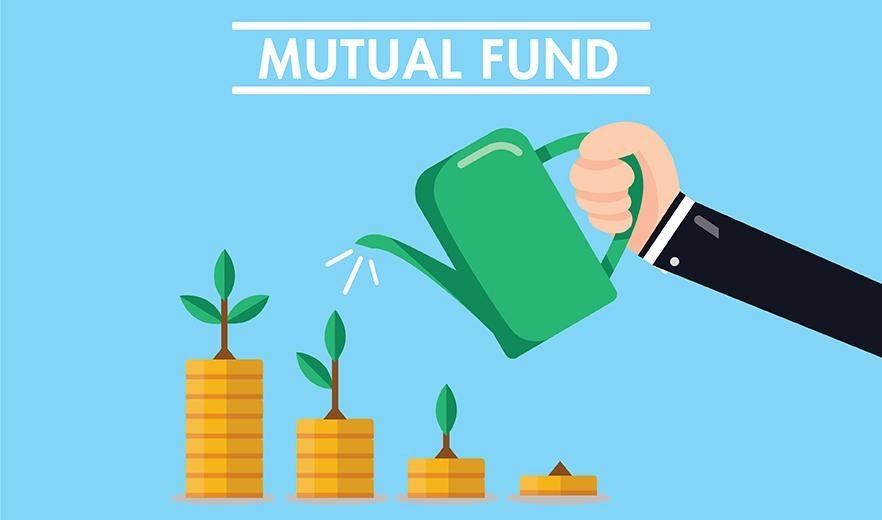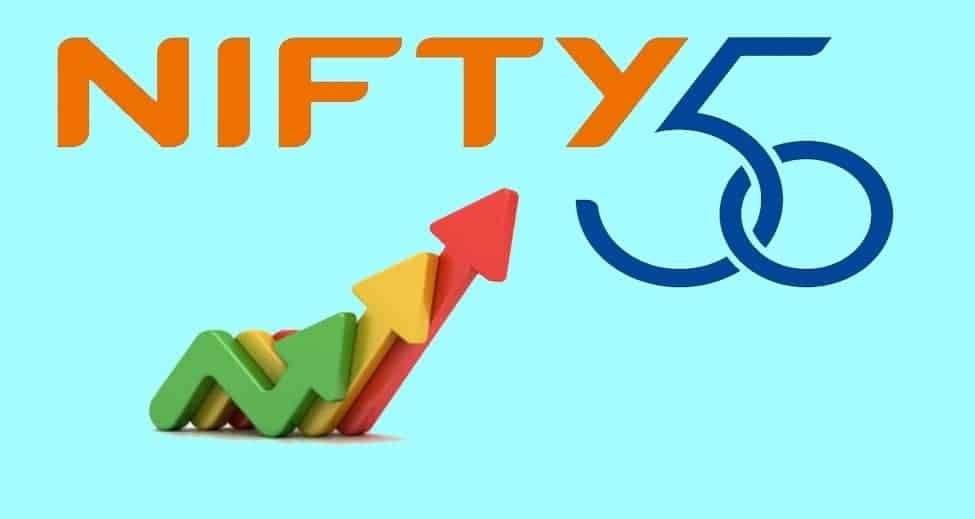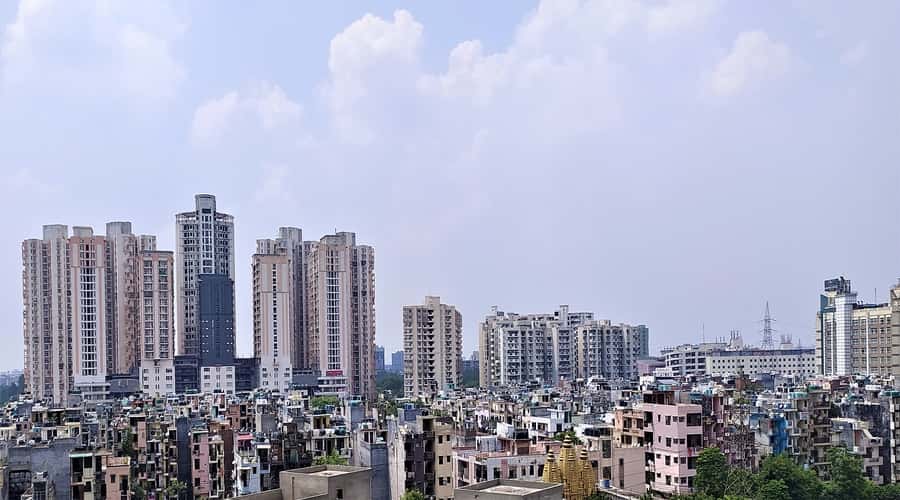Introduction:
In the world of investments, keeping track of your financial instruments is crucial. If you’ve ever wondered about the number of Demat accounts you hold, this guide will walk you through the process of checking and managing your Demat accounts efficiently.
Understanding Demat Accounts:
A Demat (Dematerialized) account is an electronic repository for holding and trading financial securities like stocks and bonds. Over time, investors might open multiple Demat accounts for various reasons, leading to the need for periodic checks on the accounts they own.
Ways to Check How Many Demat Accounts You Have:
Contact Depository Participant (DP):
Your primary step is to reach out to your Depository Participant (DP), the entity holding your Demat account. You can find their contact information on your account statements or their official website. Speak to their customer service representative and inquire about the number of Demat accounts linked to your PAN.
Check Account Statements:
Account statements sent by your DP provide a comprehensive overview of your holdings. Examine these statements for details on all your Demat accounts, including their numbers.
Explore Online Portals:
Many DPs offer online portals where you can log in to access your account details. Navigate to the account summary section, which typically lists all your associated Demat accounts along with their respective numbers.
Contact Customer Support:
If you’re unable to find the information through statements or online portals, contact your DP’s customer support. They can guide you through the process of verifying the number of Demat accounts under your PAN.
Utilize NSDL/CDSL Websites:
The National Securities Depository Limited (NSDL) and Central Depository Services Limited (CDSL) are the primary depositories in India. You can use their websites to check the number of Demat accounts linked to your PAN by entering the required details.
Examine your bank statements for any transactions related to your demat account. Look for deductions or credits associated with annual maintenance charges (AMC) or other fees, which can provide clues about the broker.
Contact Customer Support:
Reach out to the customer support of major brokerage firms. Provide them with your personal details and inquire if they can help identify whether you have an account with them. Be prepared to share relevant information like your PAN and other identification details.
Check Old Documents:
Review any physical documents or contracts received during the demat account opening process. These could include account opening forms, welcome kits, or agreements. They may contain details about the broker.
Use Demat Account Lookup Services:
Explore online platforms that offer demat account lookup services. Input your PAN or other details to check if you have an account with any registered broker. These services can help consolidate information from multiple sources.
NSDL and CDSL Websites:
Visit the websites of the National Securities Depository Limited (NSDL) and Central Depository Services Limited (CDSL). Utilize their tools to verify if you have an account with any broker linked to these depositories. They often provide online services for checking account details.
Visit Local Branches:
If major brokerage firms have local branches, consider visiting them with your identification documents. Inquire about your demat account status and provide the necessary details for them to assist you.
Check KYC Records:
Review your KYC (Know Your Customer) records. These records may indicate the broker with whom you completed the KYC process. KYC documents often provide information about the associated demat account.
Registrar and Transfer Agent (RTA) or Depository Participant (DP):
If all else fails, consider reaching out to the registrar and transfer agent (RTA) or the depository participant (DP) associated with your demat account. They may have records and tools to help you identify your demat account details.
Why is Checking the Number of Demat Accounts Important?
Consolidating Holdings:
- Knowing the number of Demat accounts helps you consolidate your holdings, making it easier to manage and track your investments.
Reducing Costs:
- Multiple Demat accounts may lead to additional charges. By consolidating, you can potentially save on account maintenance fees and other associated costs. You can Close Demat Acccount to Reduce Cost.
Streamlining Investments:
- A clear understanding of your Demat accounts allows you to streamline your investments, making informed decisions about buying, selling, or holding securities.
Faq Related to "How to check How many Demat Accounts I have"
Yes, start by searching your email inbox for communication related to your demat accounts. Look for welcome emails, account opening confirmations, or statements from brokers or financial institutions.
Absolutely. Examine your bank statements for transactions related to your demat account, such as deductions or credits for annual maintenance charges (AMC) or other fees. These entries can provide valuable clues about the broker.
Reach out to the customer support of major brokerage firms. Provide your personal details and inquire if they can help identify whether you have an account with them. Sharing information like your PAN and other identification details can facilitate the process.
Absolutely. Review any physical documents or contracts received during the demat account opening process, such as account opening forms, welcome kits, or agreements. These documents often contain details about the associated broker.
Online platforms offering demat account lookup services allow you to input your PAN or other details to check if you have an account with any registered broker. These services consolidate information from multiple sources, aiding in your search.
Yes, visit the websites of the National Securities Depository Limited (NSDL) and Central Depository Services Limited (CDSL). Utilize their tools to verify if you have an account with any broker linked to these depositories.
If major brokerage firms have local branches, consider visiting them with your identification documents. Inquire about your demat account status and provide the necessary details for them to assist you.
Review your KYC (Know Your Customer) records. These records may indicate the broker with whom you completed the KYC process. KYC documents often provide information about the associated demat account.
If all else fails, consider reaching out to the registrar and transfer agent (RTA) or the depository participant (DP) associated with your demat account. They may have records and tools to help you identify your demat account details.















